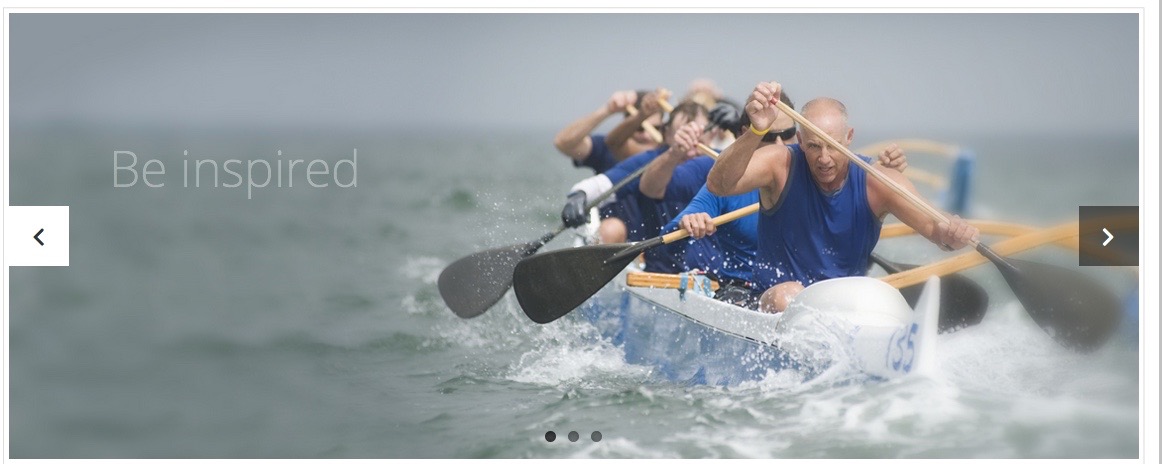With a new website or a website ‘refresh, there is a danger of trying to kick-start the process by staring at the computer screen trying to visualise what it should look like – that is rather like an architect staring at an empty plot hoping that will be enough to design a home for a client. To create an engaging website that delivers the response we require, we actually need to start by turning away from the screen and taking a good hard look at our audience, our story and the purpose of our site.
I have a process to help clients do this. Recently I have been working through this process with client Mark Hurley whose website is now up and running, looks great and is achieving the response it was designed for. So with Mark’s blessing I can share with you not only the three key steps I would use, but also what they delivered for Mark and how they influenced his choices.
- Who is the audience?
“Who is going to find your site and is likely to take action once they have engaged with it?” I asked Mark
After some thought he answered “it will be people who have already met me or who have been given my name as a recommendation”.
From this we realised that as people were coming to Mark’s site with some knowledge of him, then the purpose of the site changed from fighting to get the attention of the audience to working to gain their trust.
Being clear on the likely mind-set of your audience is critical because your home page needs to respond that. If you presume your site is for everyone then it will not feel like a ‘conversation’ to the audience you are hoping to engage.
- What is the ‘world’ your business sits in?
Now I do have quite a few different techniques to get to the bottom of this one because people are very close to their ‘world’, (in fact they are in it!) so quite often they find it hard to articulate. I asked Mark, “What does it feel like, look like, smell like, taste like to interact with your business?”
Mark told me about how he puts in structure and systems where they are missing using his past experience and current research. So we quickly came to the idea of ‘order out of chaos’ being an important element of his ‘world’. Just talking to him I experienced his solid, unflappable and jovial personality and I could see how valuable that energy would be in the ‘chaos’ environments he was describing. But how to express this to the potential client without calling their businesses ‘chaotic’? It was just not appropriate language. Then Mark talked more about his work with teams and pulling them back together to work efficiently again. Finally he let slip his love of rowing in a team of four and the ‘world’ we had been discussing had an image. A rowing team pulling together to navigate choppy seas. That is the image that is now on the homepage of his website.
By downloading all the things you can think of around this question you will start to see the tone of language you will use on the site, how you talk about your business and quite often it turns up some of your best selling points.
3. What is the purpose of your site
“What do you want the audience to do once they have landed on your website and read it?” I asked Mark
When we had been looking at his ‘world’ he had told me that honesty and transparency were central to him and he would not agree to taking on a client until he had had several meetings to understand their business and be confident that he was able to solve their issues. So Mark realised he did not want people to ‘book’ him having looked at his site, he was looking for the start of a conversation. This prompted him to make this a call to action’ on his homepage.
So there it is
- Who is the audience
- What world does your business sit in?
- What do you want your audience to do once they have encountered your site?
Once you have considered these questions it is safe to look back at the screen and start planning.






